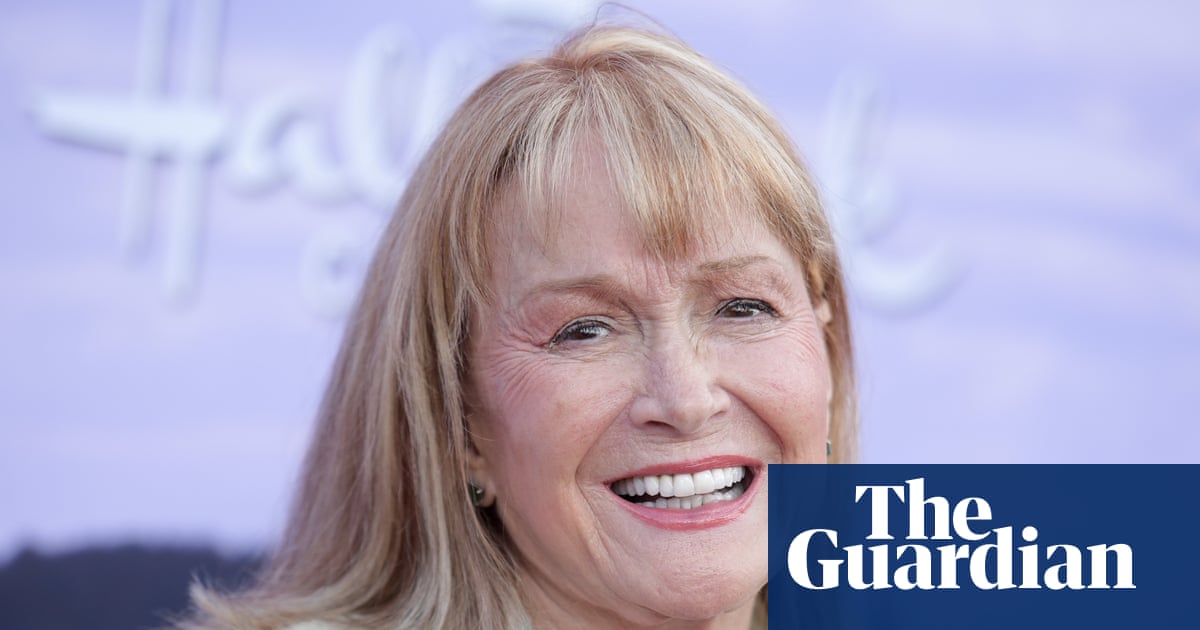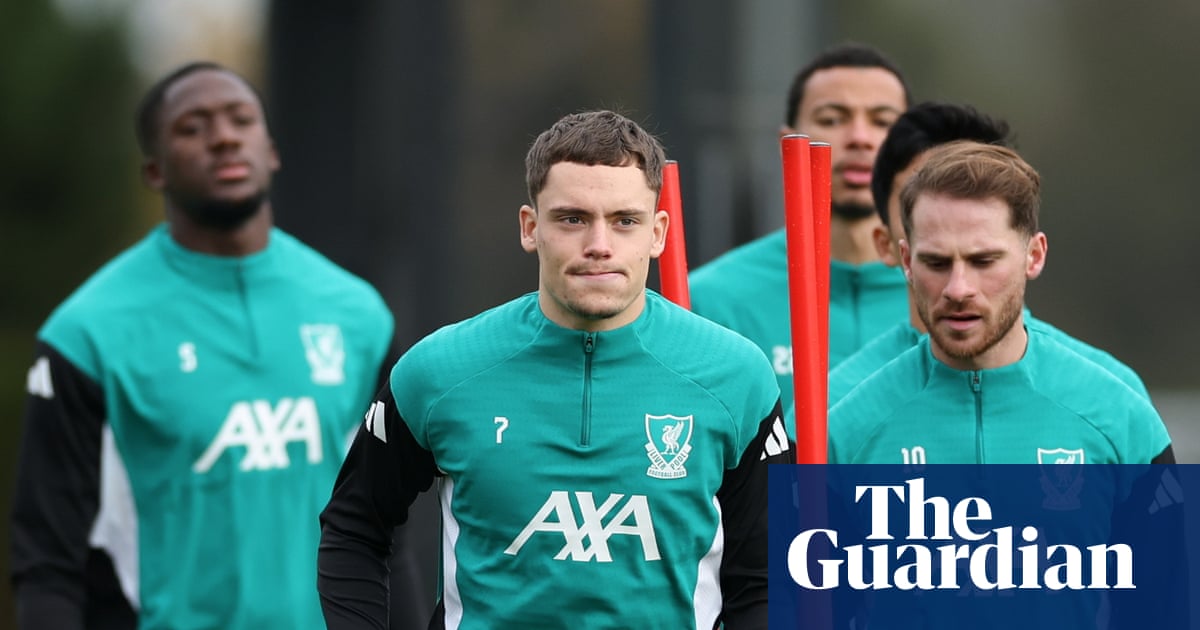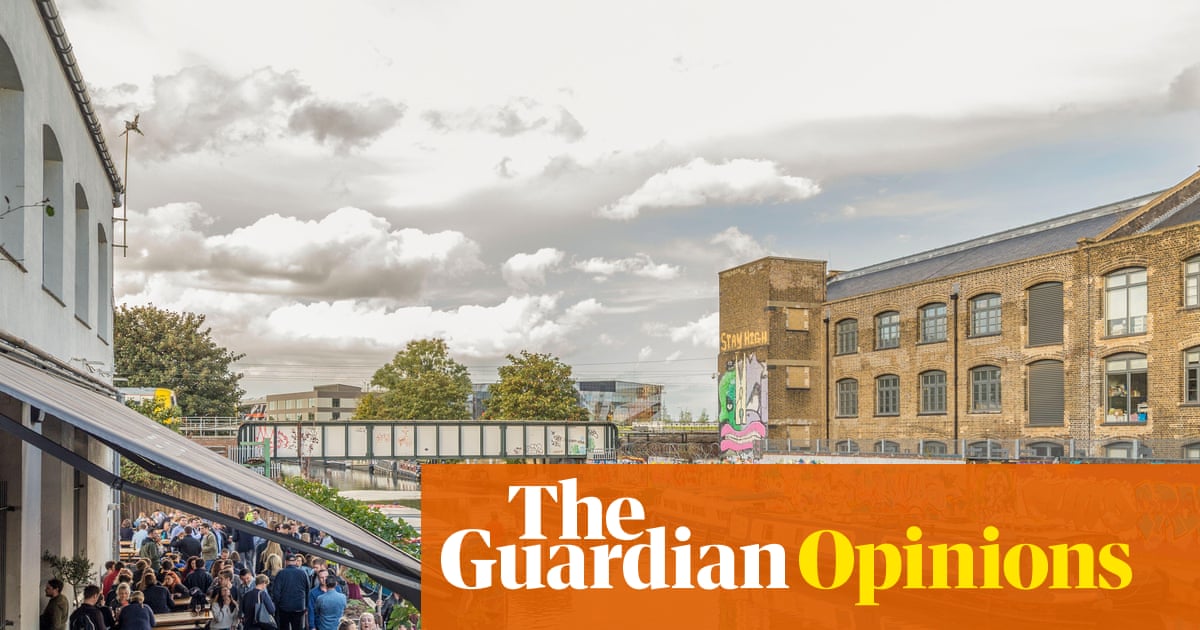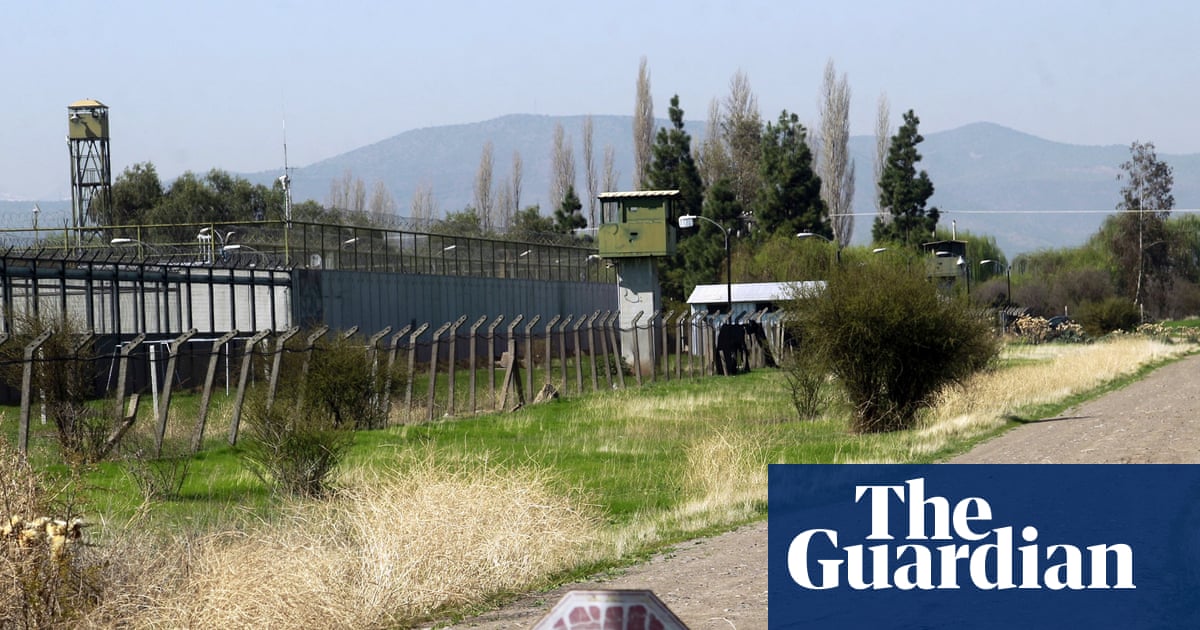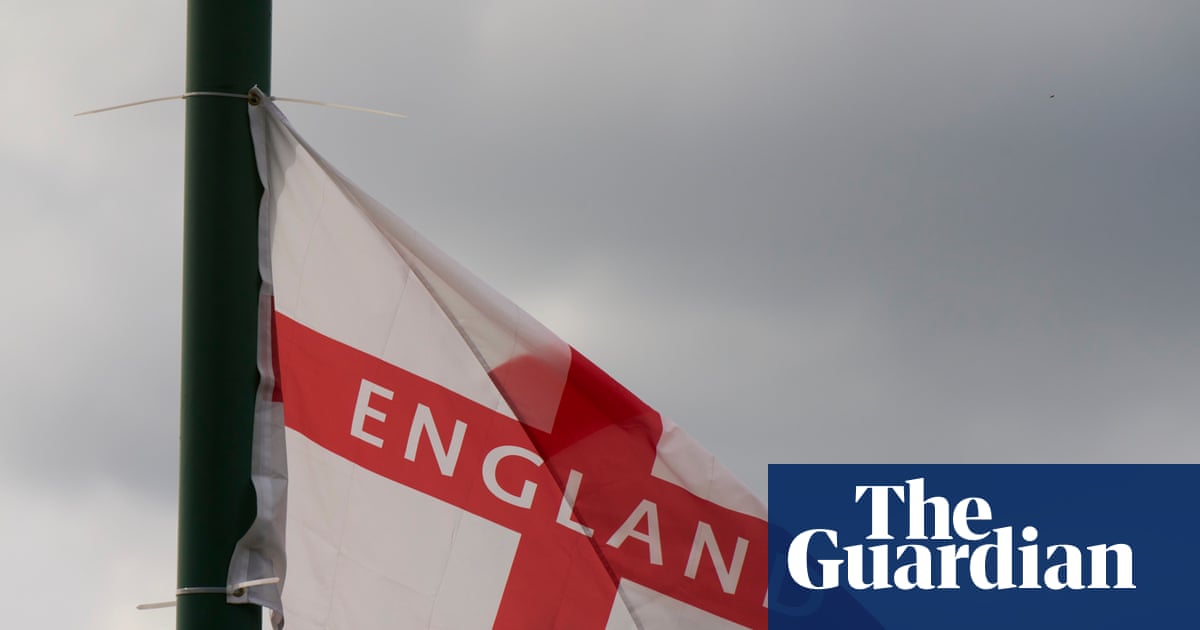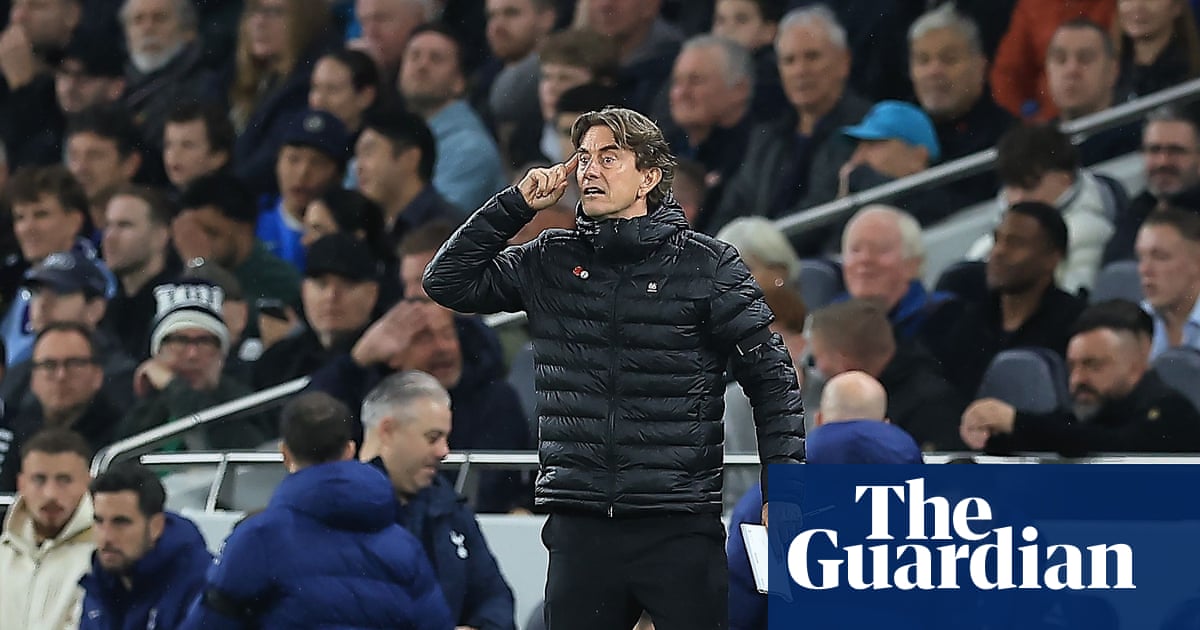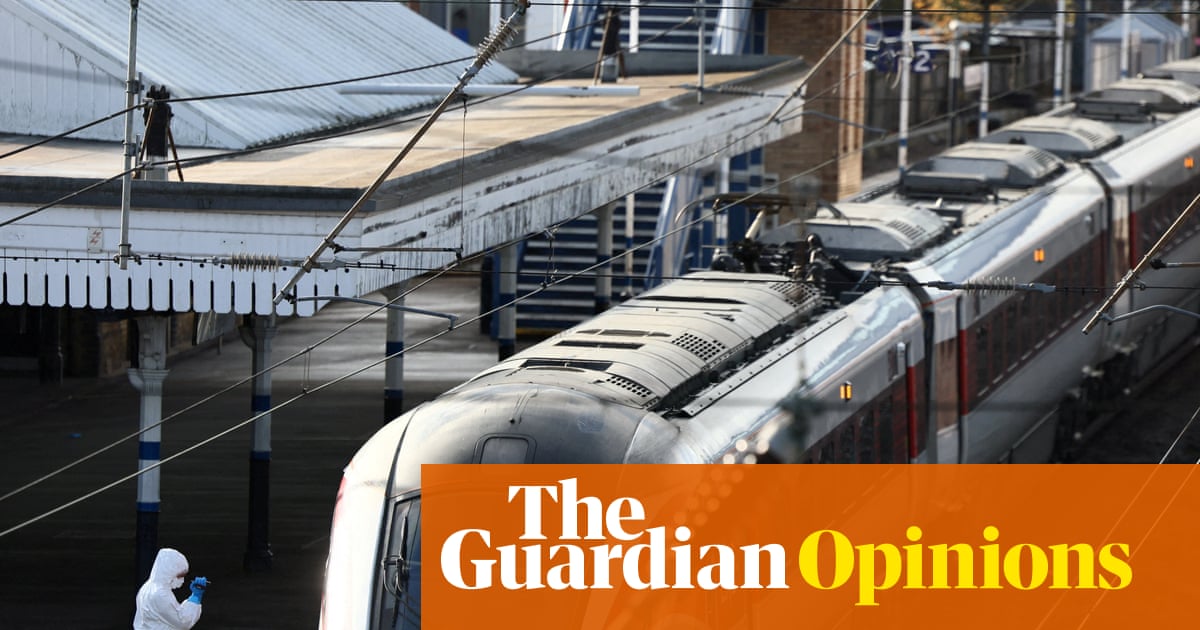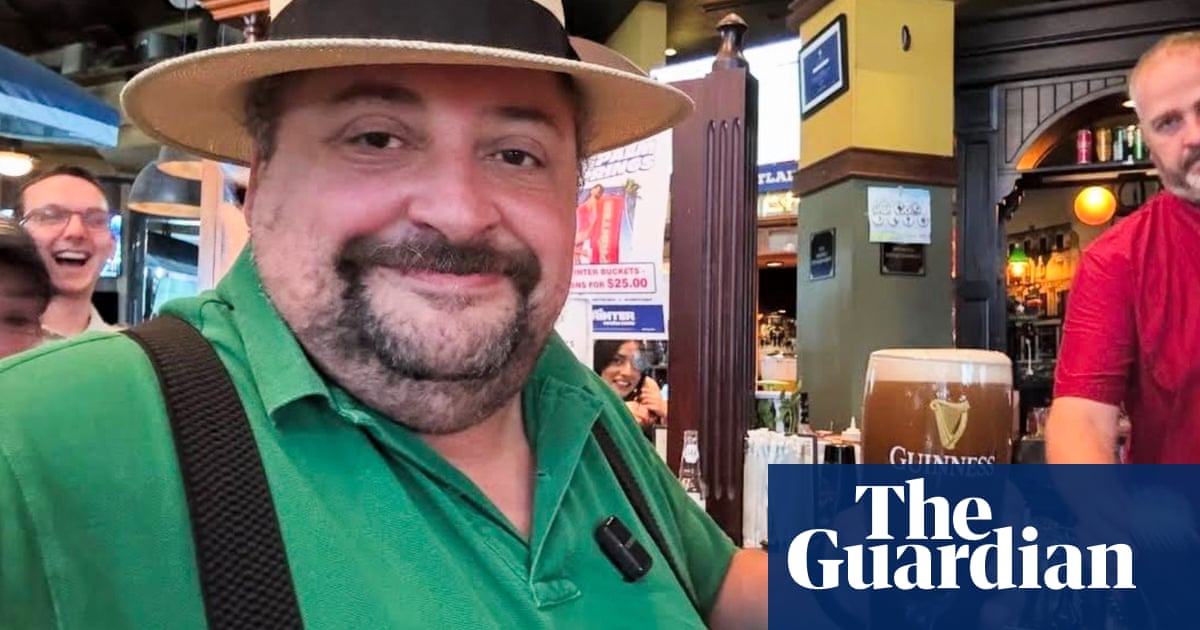Every week, 80-year-old Frank catches a train from Walsall to Birmingham. He threads through gleaming shopfronts in Grand Central station and past the Bullring before slipping into the fish-scented bustle on the ground floor of Edgbaston Street car park. At Birmingham indoor market he buys a bag of cockles. “Where else would you find this quality?” he says. “There’s no place like this, it’s the heart of Birmingham.”
But Frank’s weekly visits may soon come to an end. Plans to demolish the market and replace it with housing were approved at the end of October.
The market is part of a trading tradition dating back to 1166 and is home to a mix of stalls, from butchers and fishmongers to fabric sellers and phone shops. Once accused of making the US rapper Azealia Banks ill, it remains a beloved part of Birmingham life.
Birmingham city council has said the market will be demolished in 2027 and a new one will be opened away from the Bullring in “at least five years”. Traders will be relocated to a new permanent building in Smithfield, part of a £1.9bn development project by the council in conjunction with the international property group Lendlease.
Greg Pearce, the owner of the 200-year-old Pearce’s Shellfish, says he is the fifth generation in his family to trade. He is not against a market makeover. “It needs renovating, we need a new market that has life in it,” he says. “We’ve got two years here at least, so we’ll just keep going.” Still, he voices frustration at the council’s communication. “They should’ve informed us more. How are we going to survive in the interim period, and how will people get to us?”
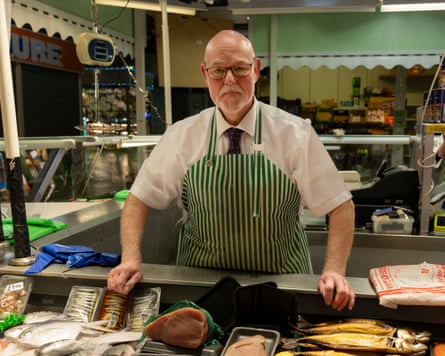
The council has said any decisions on current or future traders “will be based on the situation at that time” but added that the “intention is that all existing traders will have the opportunity to relocate to the new markets”. For many traders, these words have provided little comfort.
Johnny, who runs Jeff’s Fishmongers, which caters mainly to customers looking for east Asian seafood, says: “If they move it too far, a lot of customers won’t visit. People like to go to the Bullring, have a little shop and then come here to buy food.” He hopes the new market will have improved facilities, including freezers on the same floor as the stalls, to make daily operations easier.
Other traders are worried about being priced out of the new market should rents rise. “They’re going to build nice, big, shiny buildings that look nice in photos. What happens to us? Are we going to be in a tent over there?” says Lorraine Wooton, pointing to the street.
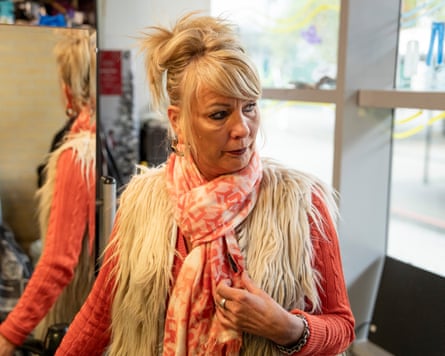
She has worked as a hairstylist in the market for 13 years and says the change has been visible. “Birmingham has turned into a complete shithole,” she laughs. “Footfall has fallen, it used to be a lot more vibrant. A lot of the stalls were filled. There was so much more variety.”
The current version of the market has existed since 2003, when the old 1960s shopping centre and earlier market buildings were demolished to make way for the Bullring complex. Still, the approval of plans to knock it down for housing cuts a deep wound for some Brummies who believe it undercuts the city’s rich market trading history.
Prof Carl Chinn, a social historian, says the market has cultural significance. “Without the markets there would never have been a Birmingham,” he says. “Brummies feel very strongly that the markets are where people from all backgrounds come together. We’re losing who we are, our heart and soul. This is part of the ongoing gentrification of the city centre.”
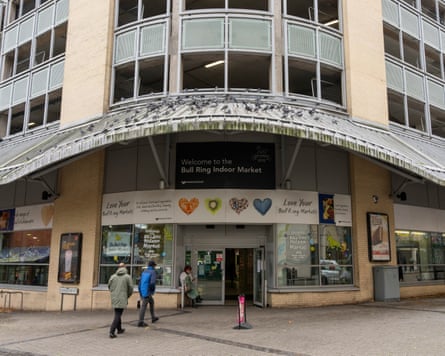
The market site will be turned into either 745 flats, 1,544 student bedrooms or a combination of the two. The council said all existing traders would have the opportunity to be moved to temporary market facilities while the new building, which will be located in between St Martin’s Church and the new Manor Square, is constructed.
But traders and shoppers remain anxious. For many, the market is more than a place to buy fish or fabric, it is a community hub, a place where history, culture and daily life intersect. Marcia Philbin, who grew up visiting the market every Saturday with her parents, sums it up: “It was an occasion, something you don’t have nowadays. Who is the new market actually going to cater to?”
A spokesperson for Hammerson, the property company that owns the site, said: “The plans have consistently been backed by the city’s planners and it builds on Hammerson’s ongoing investment and commitment to Birmingham. The plans are also for additional commercial space, investment into the green spaces and public realm, and a contribution to affordable housing agreed with Birmingham city council.”
A spokesperson for Lendlease said: “Markets are the beating heart of Birmingham and we’re committed to ensuring that the new development at Smithfield will honour that legacy. Our plans will deliver modern and inclusive markets that reflect the city’s diversity, support existing traders and remain a welcoming space for all communities.”

 7 hours ago
8
7 hours ago
8
